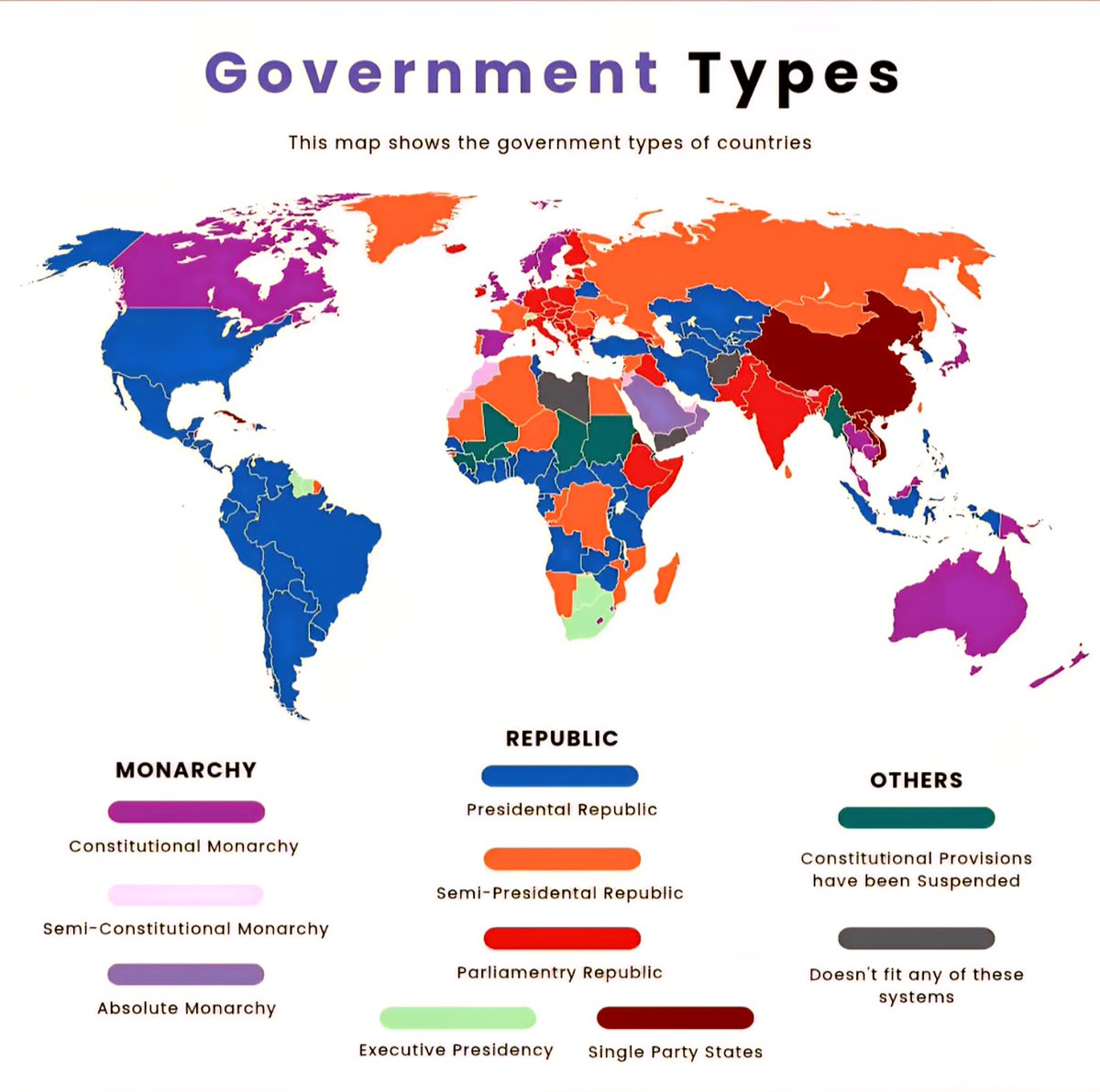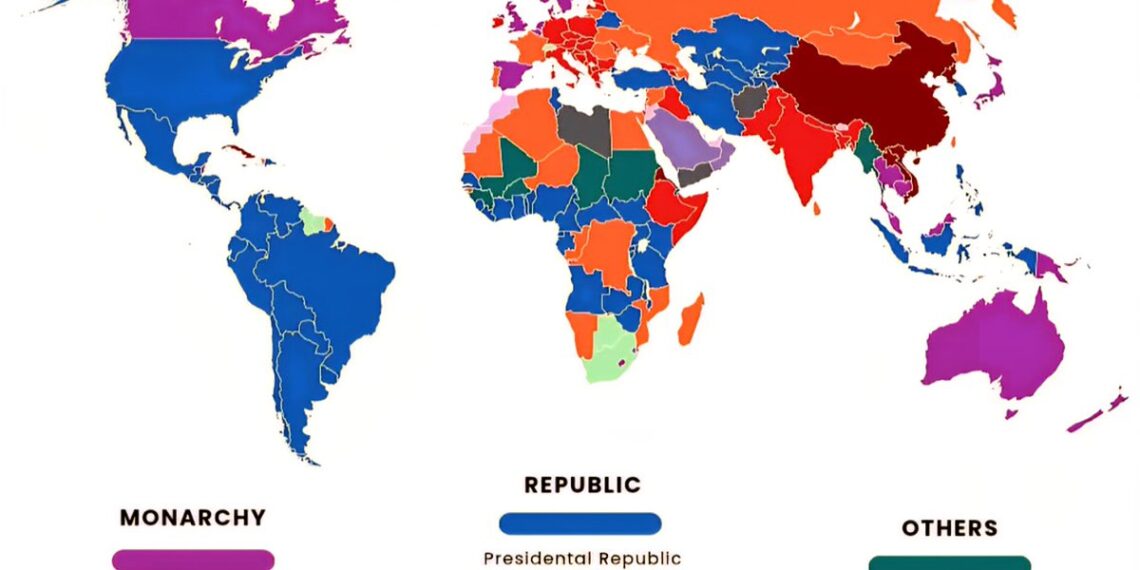Select Language:
Diverse Government Systems Around the World in 2025

1. Presidential Systems Dominate Major Democracies
Many of the world’s prominent democratic countries operate under a presidential system, where the executive branch is separate from the legislative branch. The United States remains a prime example, with the president serving as the head of state and government, elected independently of the legislature. This structure allows for a clear separation of powers, offering checks and balances that are integral to American governance. Countries like Brazil, South Korea, and Indonesia also use this system, emphasizing stability and executive authority.
Key Features:
- Elected president acts independently from the legislature.
- Fixed terms for the executive branch.
- Often includes a strong veto power to legislative bodies.
2. Parliamentary Systems Favor Stability and Flexibility
Countries such as the United Kingdom, Canada, and Australia continue to thrive under parliamentary government systems. In these nations, the prime minister is typically the leader of the majority party in parliament, ensuring a closer alignment between legislative and executive functions. This design allows for more flexible governance since governments can be reshuffled or replaced without a full election, especially if no party has a clear majority.
Key Features:
- Prime minister is the head of government, usually from the majority party.
- The cabinet is collectively responsible to the parliament.
- Governments can change more swiftly in response to political shifts.
3. Hybrid or Semi-Presidential Systems Evolving
Some countries, including France and Ukraine, employ semi-presidential systems that combine elements of presidential and parliamentary models. Here, a president shares executive powers with a prime minister, leading to a balance that can either foster stability or cause political friction depending on circumstances. In 2025, several nations are refining their semi-presidential setups to improve governance efficiency amid geopolitical tensions.
Key Features:
- A president elected independently and a prime minister accountable to parliament.
- Shared executive authority often leads to power struggles.
- Flexibility to adapt to unique national needs but may require complex coordination.
4. Monarchical Governments: From Absolute to Constitutional
While monarchy is largely symbolic in many countries, several nations retain powerful monarchs. Saudi Arabia continues as an absolute monarchy, where the king holds significant legislative and executive powers. Conversely, other monarchies such as Japan, Spain, and the United Kingdom have transitioned to constitutional monarchies, where the royal family’s powers are largely ceremonial, limited by a constitution and parliamentary democracy.
Key Features:
- Absolute monarchies wield extensive authority over governance.
- Constitutional monarchies act as symbolic leading figures within parliamentary systems.
- Ongoing debates about the role and modernization of royal institutions.
5. Single-Party States: Maintaining Power through Centralized Control
While democracy continues to flourish globally, some nations like China and North Korea exemplify single-party systems where a dominant party monopolizes political power. These regimes often justify their governance models as a means to maintain stability and economic growth, but face criticism for suppression of dissent and lack of political pluralism. In 2025, China’s Communist Party remains the central ruling authority, navigating complex international dynamics.
Key Features:
- One ruling political party controls governance.
- Limited or no political opposition allowed.
- Often characterized by centralized authority and planned economies.
6. New Political Models are Emerging
The world sees a gradual emergence of innovative governance systems blending various elements. For instance, some Latin American or African nations are experimenting with direct democracy tools, like citizen referendums, to enhance participation. Meanwhile, digital governance and e-government initiatives are transforming traditional structures, making governments more transparent and responsive to technological advances.
Innovative Features:
- Use of digital platforms for policymaking and citizen participation.
- Decentralized governance models gaining traction.
- Focus on transparency, accountability, and citizen engagement.
7. The Role of International and Regional Alliances
Beyond domestic governance, regional unions such as the European Union or organizations like ASEAN influence member countries’ political and legal frameworks. In 2025, discussions continue about how these alliances shape sovereignty and governance standards across diverse nations, especially in regions facing political upheavals or integrating new members.
Key Features:
- Policy harmonization and economic cooperation.
- Influence on domestic governance reforms.
- Struggles balancing sovereignty with regional commitments.
As global politics evolve, the spectrum of government types broadens with countries adopting hybrid models, embracing modernization, or reaffirming traditional monarchies. The landscape of governance in 2025 reflects a dynamic interplay between legacy systems, emerging innovations, and regional influences shaping the future of international politics.







